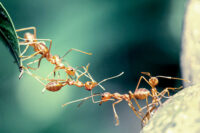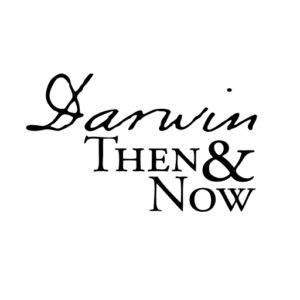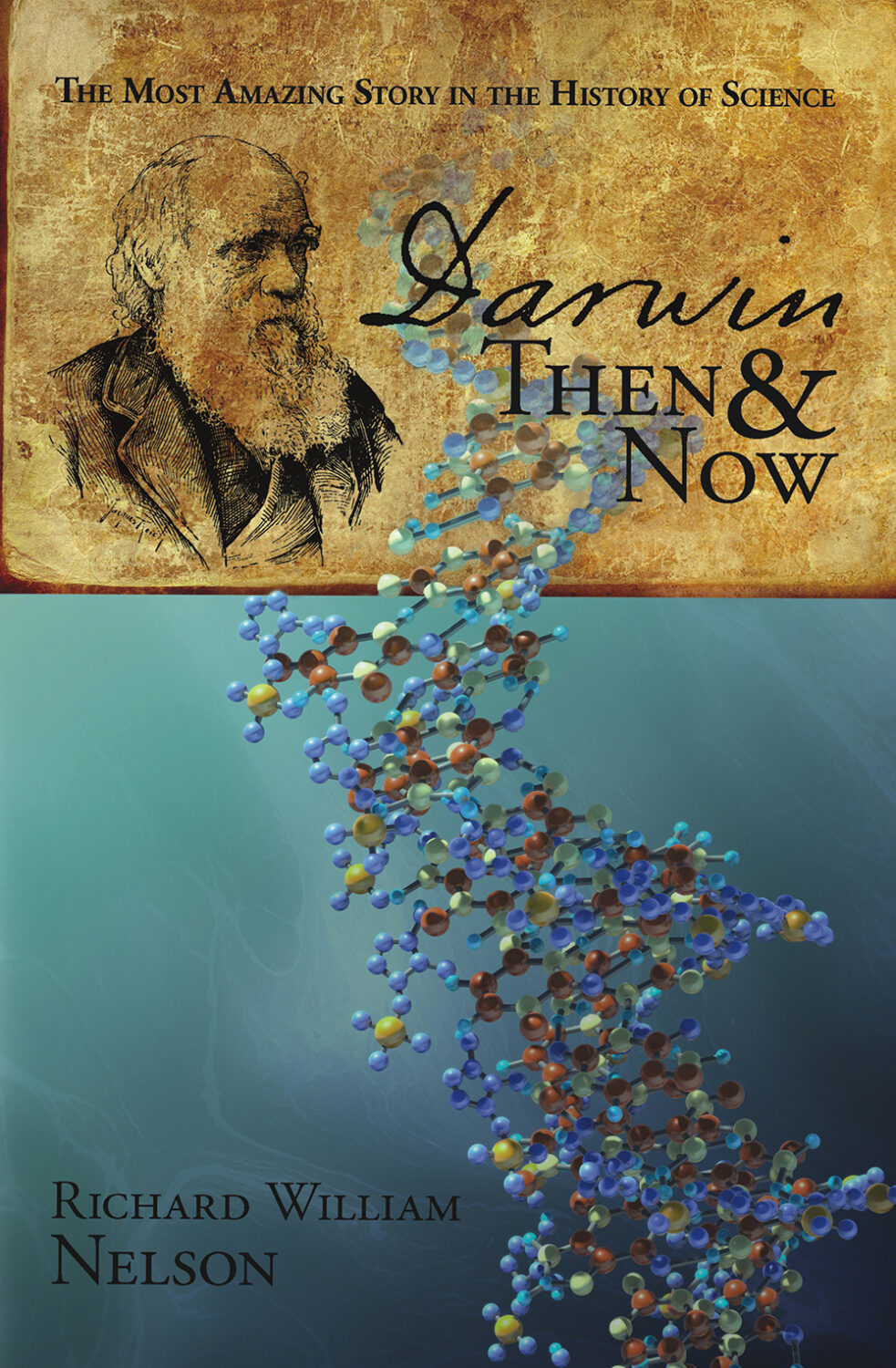Behavior plays a fundamental role in understanding why biology is uniquely community-driven. Behavior is the bridge that organizes collective self-sustaining communities. While understanding behavior may seem intuitive, defining it scientifically is challenging.
Defining Behavior
A barking dog, a singing bird, and a fluttering butterfly are good examples of behavior. However, observing activities throughout the vast range of organisms in the biosphere is one of biology’s grand challenges.
Behavior involves more than actions. Geckos’ body coloration perfectly fuses with a tree’s bark pattern to avoid detection. While motionless female moths emit scents to attract males, octopuses exhibit complex behaviors, including problem-solving, using tools, and signaling.
Developing standards to quantify and qualify behaviors remains beyond biology’s reach. For this reason, a scientific consensus definition does not exist. However, a recent meta-analysis supports the following vague definition –
“Behavior is the internally coordinated responses (actions or inactions) of whole living organisms (individuals or groups) to internal or external stimuli.”
Behaviors shape the communities of Earth’s biosphere.
Evolution
Behavior may act as an evolutionary cause or effect. While its origins are unknown, an organism’s innate characteristics can change its behavior, morphology, and physiology in response to environmental changes, an ability known as phenotypic plasticity.
Plasticity is the degree the phenotype can change in response to environmental stresses. When the degree of plasticity shifts the function of a trait to serve a different function, the process is called exaptation.
The role of plasticity in evolution, however, is controversial. As Ralf J Sommer of the Max Planck Institute in Germany notes –
“While for more than a century, biologists have proposed this organismal feature to play an important role in evolution and the origin of novelty, the idea has remained contentious.”
Studies
Behavior is complex. Studies on it draw on a range of disciples, including anatomy, morphology, physiology, molecular biology, reproduction, developmental biology, neurology, and ecology.
As in other fields of biology, behavioral studies require objectively testable evidence to be scientific. However, objectively measuring it is more challenging than measuring the speed of light. The physical parameters of light are definable – behaviors are not.
However, evidence from the behavioral sciences to validate the theory of evolution scientifically remains a speculative field of study.
Behavior is a subcategory of Evolution and Science.
More
To understand how evidence in Behavior scientifically challenges the theory of evolution, consider reading the following –
Each article describes how observable evidence scientifically challenges the current understanding of evolution.
Darwin Then and Now is an educational resource on the intersection of evolution and science, highlighting the ongoing challenges to the theory of evolution.
Move On
Explore how to understand twenty-first-century concepts of evolution further using the following links –
-
- The Understanding Evolution category showcases how varying historical study approaches to evolution have led to varying conclusions. Subcategories include –
- Studying Evolution explains how key evolution terms and concepts have changed since the 1958 publication of The Origin of Species.
- What is Science explains Charles Darwin’s approach to science and how modern science approaches can be applied for different investigative purposes.
- Evolution and Science feature study articles on how scientific evidence influences the current understanding of evolution.
- Theory and Consensus feature articles on the historical timelines of the theory and Natural Selection.
- The Biography of Charles Darwin category showcases relevant aspects of his life.
- The Glossary defines terms used in studying the theory of biological evolution.
- The Understanding Evolution category showcases how varying historical study approaches to evolution have led to varying conclusions. Subcategories include –


